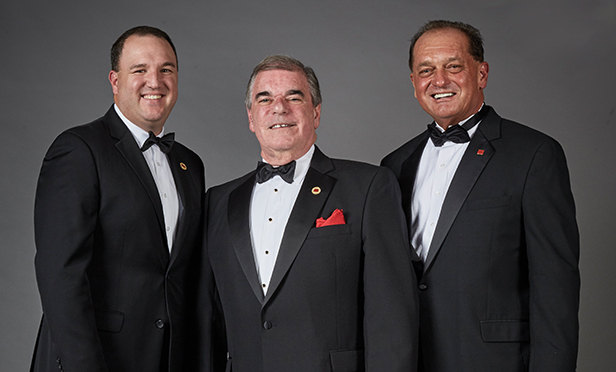 From Left: David Wilson, CCIM, Robin Webb, CCIM, and Steven Moreira, CCIM
From Left: David Wilson, CCIM, Robin Webb, CCIM, and Steven Moreira, CCIM
This is the web version of a feature that originally appeared in Real Estate Forum magazine. To see the story in its original format, click here.
Let’s face it, this isn’t your father’s (and in this case we do mean father’s) commercial real estate industry. The US political climate is still an unknown in the wake of the whacky election the American people sustained in November. Technology is doubling at a pace with which it’s virtually impossible to keep pace. And the old guard—the Baby Boomers who saw the transformation of the industry from a primitive lone-gunslinger culture into a sophisticated contributor to the GNP—is fading away. As they cash out, a new generation comes in, one with different priorities for their careers and new notions of how to communicate.
All of this puts enormous pressures on companies to maintain and grow performance. And it puts even more pressure on the industry associations that are charged with serving that constituency and keeping up with their changing needs in a fight to remain relevant.
Enter the CCIM Institute. Founded in 1967 and celebrating its 50th anniversary, CCIM currently boasts an international membership of 13,000 professionals, half of whom are brokers while the other half is comprised of developers, investors, appraisers, attorneys, lenders, urban planners and tax professionals. Its mission statement is simple: To elevate its members to the highest levels of success in the commercial real estate profession.
But because of all of the above, that simply worded statement isn’t so simple in execution, and real challenges face the Institute as we swing into a new year—and a new paradigm for the industry. In fact, the two primary pillars of CCIM—networking and education—are helping the Institute—and therefore its membership to not only cope, but thrive.
Robin Webb, CCIM, the 2017 president of the Institute, helps put the changing currents of the times into proper perspective. What we’re experiencing, says he, is not so much about disruption as much as “market evolution. After all, we’re really not seeing a lot of specific change with respect to the way people buy real estate. It’s still about financial analyses, viability of income streams and understanding potential appreciation and income. The methods of analysis really haven’t changed.” If there are market disruptors, Webb sees them as the continued compression of cap rates, “well beyond what many of us thought would happen in the years after the recession. And the largest hurdle that you might call a disruptor has been the rigidity with which lenders are now addressing the marketplace.”
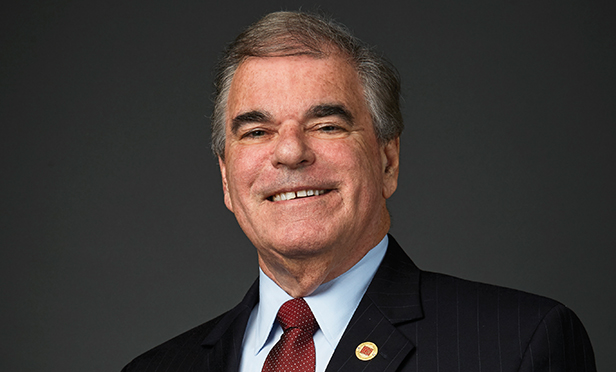 “It’s still about financial analyses, viability of income streams and understanding potential appreciation and income. The methods of analysis really haven’t changed.”—Robin Webb, 2017 CCIM President
“It’s still about financial analyses, viability of income streams and understanding potential appreciation and income. The methods of analysis really haven’t changed.”—Robin Webb, 2017 CCIM President
A NEW PRESIDENTIAL PARADIGM
Of course, not all changes are challenges. Such is the outcome of the presidential election. Despite the protests over possible social issues, the business community, and specifically commercial real estate, is pumped about the results—even as it keeps a wary eye toward certain proposals.
“I think the opportunity to go forward in a positive vein with a capitalism-driven president is a good one,” says Webb, who is also managing director of NAI Realvest in Orlando. “I think we’ll see a new excitement within the commercial real estate realm.”
But there are concerns. “One of those, oddly enough, was that neither candidate had a commercial real estate platform,” says Webb. “Even President Trump didn’t push a real estate platform during the campaign. What he did push were some advantageous taxes, and that clearly affects us, so the opportunities to build a new future under the momentum that has been built is extremely positive.”
Steven Moreira, CCIM, the Institute’s immediate past president, is also jazzed about the new administration. But, like many commercial real estate professionals, he has been concerned about government regulations beyond the Oval Office. “We need to keep an eye on interest rates,” says Moreira, who is also president of Longwood, FL-based Magic Properties and Investments. “They’re a two-edged sword. Rising rates are going to get a lot of folks off the fence. And that means buyers and sellers both will need CCIM expertise to come up with values that will move their product into the marketplace.”
In that climate, a wait-and-see attitude is a threat to business “because you risk losing your deal if you just sit around and hope for a ridiculous cap rate or a ridiculous price,” the past president says. “You’ll lose your deal to buyers or sellers who have analyzed their position to reflect the current marketplace. The time to sell is when someone wants to buy.”
And therein lies the networking piece of the CCIM platform. The ability to reach out to other CCIMs to gain needed insights that might benefit their clients is a key attraction of the association. Yakhin Israel, CCIM, a principal at his newly formed firm, Twin Pillar Capital in Tampa, is a prime example.
“The network is virtually everywhere,” he tells Real Estate Forum. “It all boils down to relationships, and not just having the network but actively engaging the network—giving back and, occasionally, asking.”
Conversations with other CCIMs allow local brokers to share their responses to any number of legislative or regulatory changes that might come down the pike. Not surprisingly, they also promote more business, says Israel. “I could walk into any town in the territory, create a conversation and obtain contacts or actionable market information that enables me to provide value to my clients,” he says. “And I get calls from other CCIMs when they or their clients need another level of financing or if they just need a lender’s perspective. The networking capabilities are a huge part of CCIM today and will be in the future.”
In fact, Moreira reports a major shift in what drives members to the organization. “They used to come for the education and stay for the networking,” he says. “Now they also want to be part of a vibrant network that’s active in multiple marketplaces.”
CCIM president elect David P. Wilson, CCIM, offers firsthand evidence of the power of the CCIM network. The EVP of Lockard Development in Cedar Falls, IA relates that, “I was moderating a panel at the RealShare Healthcare Conference last year in Scottsdale and was talking with another CCIM about medical office buildings. He asked if we would be interested in selling a building we had in Iowa. We talked about it for a while and two days later we had a full-price offer on the building. We sold it in April of this year in a $16.8-million transaction. The buyer was Montecito, a REIT.”
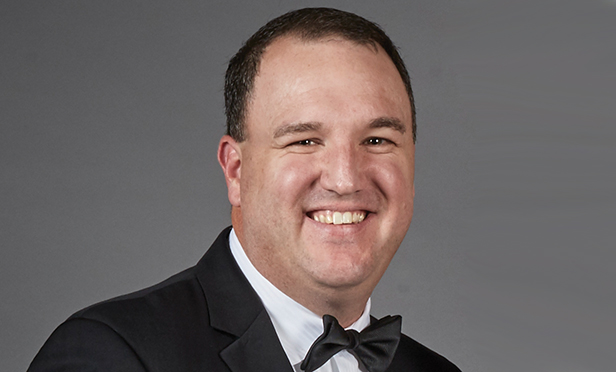 “We talked about (the property) for a while and two days later we had a full-price offer on the building.”—David P. Wilson, President-Elect
“We talked about (the property) for a while and two days later we had a full-price offer on the building.”—David P. Wilson, President-Elect
BOOMERS OUT, MILLENNIALS IN
Another issue that speaks to the relevance of all industry organizations is the shift in the population as Boomers leave the industry and a new generation enters, a generation already famous for its non-traditional ways of communicating and doing business.
According to Moreira, CCIM was experiencing a one-to-one turnover rate for a few years, especially during the recession and its aftermath, with a millennial coming in for every Boomer who left. That scale happily is now tipping toward influx, especially among those earning master’s degrees in real estate—initially, as he noted previously, for the networking.
But they are clearly staying for the education, and this too is the result of evolution, both in terms of content and delivery. “In the professional development education courses we offer through the CCIM Institute Ward Center for Real Estate Studies, there are many courses that didn’t exist a few years ago,” says Webb. These include a course on raising capital through crowdfunding sources. There is also more standard fare, such as the recently created Development Specialty Track series of courses, which is “centered upon successful and profitable commercial real estate development and will end with a certificate of completion.”
And members will find too a choice of delivery systems to fit their schedules, what Webb calls asynchronous and synchronous approaches, “the first meaning without an instructor,” he says, “so it’s self-paced, online learning. Members can go through the entire CCIM program and never visit a classroom. Synchronous programs are instructor-led but also virtual so technically there still is no classroom.” As of last year, the Institute has also offered blended learning, a hybrid of the two, a concept it lifted from the playbook of academia to provide “the best of both worlds.”
Interestingly, the choice of formats, tailored for the rising generation, has had some surprising results. “Our blended learning and online deliveries are an almost equal mix of Boomers and Millennials,” says Webb. “The reality is that it’s all about personality and learning style.”
Newcomers to the industry aren’t the only ones who recognize the value of a CCIM education. As one can imagine, making a name for yourself in this business is a tough task. A member since 1999, 2017 first vice president Barbara M. Crane, CCIM, says that earning her CCIM fast-tracked her industry acceptance.
“I worked really hard to prove myself in what was then considered a man’s world,” says Crane, an independent broker in San Antonio. “When I went on to further my higher education, getting my master’s degree helped. But earning my CCIM designation gave me immediate credibility with my peers, around the US and even the world. It was a stamp of approval and did a lot of good for me.”
Notice she mentioned global contacts. Not surprisingly, the leadership of CCIM isn’t counting solely on stateside demographics to swell its ranks, and an essential part of its five-year plan calls for recruits in ever-expanding markets around the globe. This is essential not only for the sake of membership rolls but also obviously to spread that local-market expertise (i.e., networking) internationally.
“We’re currently delivering education in eight countries around the world,” Moreira reports. This includes Russia and Poland and a newly signed agreement in Dubai. In fact, at the November 2016 CCIM Thrive conference in Atlanta, the association signed on more than 200 new designees. In December, 52 new designees from China joined its ranks and contributed to nearly doubling international designees during 2016.
In fact, as Moreira points out, there was in 2016, “a 27% increase in international membership, which is right in line with the fact that 25% of investment grade real estate in the US is financed or bought by foreign investors.”
And it seems that momentum will continue this year. “In the first time in over a decade we will deliver designation courses in Mexico. CCIM training is already strong in Taiwan, China, Japan and Korea,” and within the decade, Moreira expects to see courses in South America.
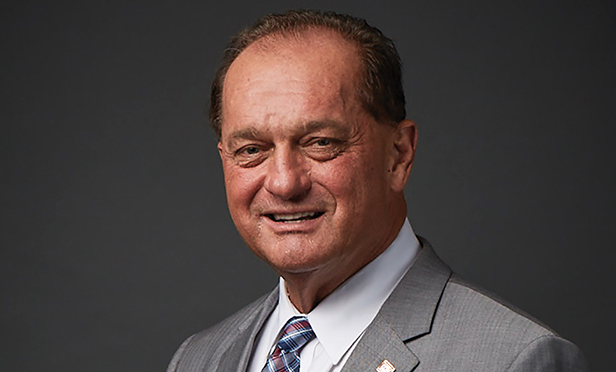 “We’re currently delivering education in eight countries around the world.”—Steve Moreira, Immediate Past President
“We’re currently delivering education in eight countries around the world.”—Steve Moreira, Immediate Past President
THE TECH CHALLENGE
Keeping up with the breakneck pace of advancements in technology is a challenge for all real estate practitioners. As we reported in this space last year, CCIM prides itself on its technological offerings to ease the life of its membership.
“We’re on multiple tech platforms,” says Webb, “including the Site to Do Business, and we’re partners with ESRI, which is one of the largest demographic and GIS providers in the world, as well as with Xceligent and its Commercial Search Product. In addition, we’ve introduced new platforms for internal communication and marketing.”
“This marriage of technologies and training has been going on almost since the inception of the Institute,” adds Crane, who is a CCIM instructor. “Today we’re infusing technologies in whatever form they take into all of our course work, and in so doing, introducing our students and future members to the technology that CCIM offers.”
But association leadership knows that to stop innovation is to fall behind and always, more can be done. “Technology will continue to change,” says Webb, “and we all have to evolve with it. We continue to do that, and we’ll continue to reach out to sources and vendors to make our platforms stronger.”
CCIM is in a prime position to do just that. So says Brandon Weber, whose firm, Hightower, merged with VTS this past November, creating what was described as the industry’s leading leasing and asset management platform. “CCIM is in a unique position to push this initiative ahead,” says Weber, who is co-founder and chief product officer of the new firm. “There’s a new category of thought leadership around the modern broker (see sidebar). It’s all about using the tools and technology to deliver better customer value and inform decision-making. The organizations that start delivering training and content around those two things will be the ones to which the brokerage and ownership communities flock. The others will look increasingly irrelevant.”
Partner Nick Romito, who serves as co-founder and CEO, agrees, although he admits, as does Weber, that there is work to do. “CCIM has always done a good job in its continuing education. I’m not sure anyone is great at it in our space, but an organization like CCIM, with a really tight network, can certainly be one of the first to push things forward.”
The market is changing—or evolving—to use Robin Webb’s choice of words. But it’s evolving rapidly, and he believes CCIM is the place to be to stay ahead of those changes, through the networking and educational programs it offers.
“The people who wear the CCIM pin have accomplished a great deal in terms of their professional lives and their continuing education,” he says, “and that says a great deal when it comes to the business-networking environment. The credibility that comes with this pin is unique.”
And if there is still work to be done, Webb doesn’t flinch, because at the end of the day, he says, “the stronger we make that networking capability the more powerful that CCIM pin becomes.”
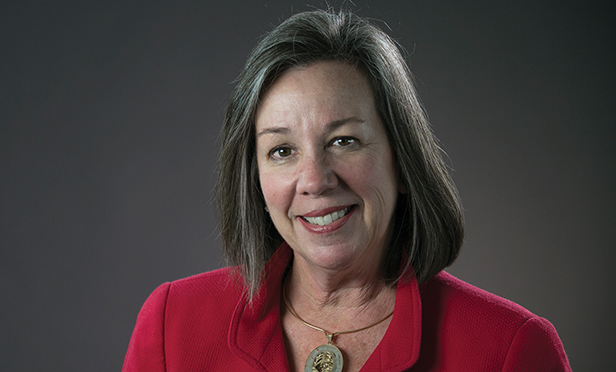 “Earning my CCIM designation gave me immediate credibility with my peers around the US and even the world. It was a stamp of approval.”—Barbara Crane, First Vice President
“Earning my CCIM designation gave me immediate credibility with my peers around the US and even the world. It was a stamp of approval.”—Barbara Crane, First Vice President
SIDEBAR: The Great Wasteland
We’ve heard it so often . . . commercial real estate brokers are the most tech-averse professionals in any vertical industry. Not so fast, says Brandon Weber of VTS.
“We would argue that the biggest misnomer in this whole innovation/commercial real estate narrative is that real estate professionals are laggards or tech averse,” he says. “Commercial real estate as an industry has been one of—if not the—most under-served industries in terms of technology tools that can be used on a day-to-day basis to solve practical problems. Many brokers are using the same spreadsheets they used 25 years ago to track leasing activity. So there’s been this barren wasteland of innovation.”
This sad state of affairs isn’t due to broker disinterest or distrust, but rather a lack of innovation on the part of providers, says Weber, who was a CBRE broker before going off to cyber-world. “The truth is no one has given them easy-to-use and intuitive tools that actually deliver return on investment because it takes a lot of domain expertise to understand what we actually do. Put in front of them the tools to deliver ROI, and they will execute.”
And that, he says, is the definition of a modern broker. “I look to CCIM as the best educational body for brokers in the US.” So by extension, it is best suited through its educational programs to help shape the modern broker.
“You’re going to see a new class of teachers emerge who have been leveraging technology to win more business and provide better client service,” says Weber. “CCIM is best positioned to take that leadership role.”

















 Copyright © 2024 ALM Global, LLC. All Rights Reserved.
Copyright © 2024 ALM Global, LLC. All Rights Reserved.